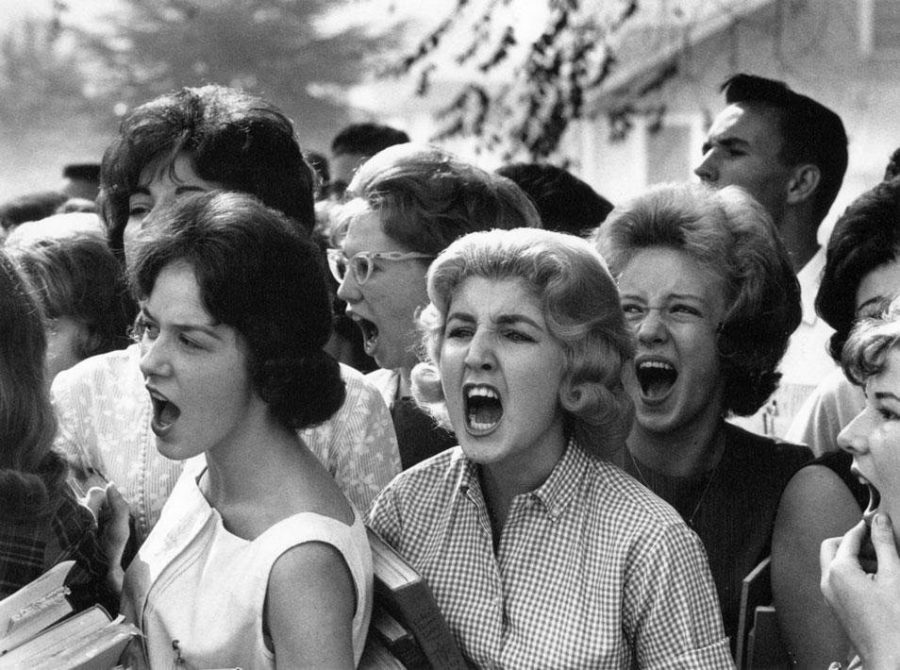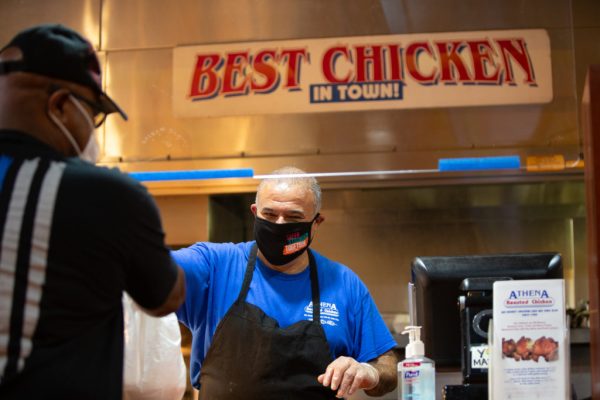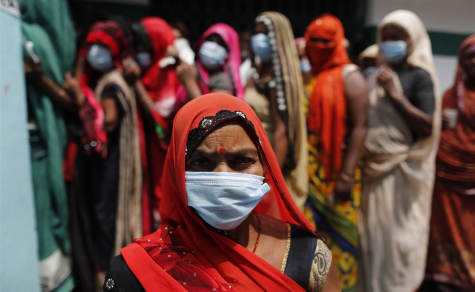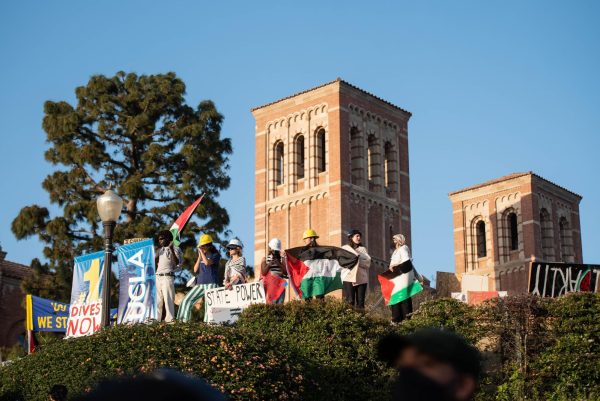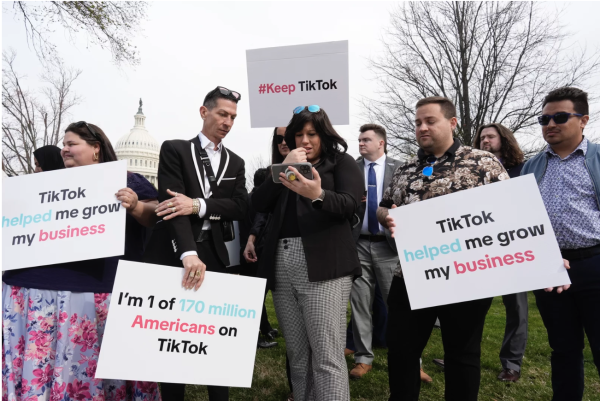Road to Inclusivity
Courtesy of Digital Journalist
White high school students cursing black students on the first day that public schools were integrated in Montgomery, 1963
October 21, 2018
In 1957, nine African American students, known as the “Little Rock Nine,” integrated into Central High School, a previously all-white high school in Arkansas. It had only been three years since the Brown v. Board of Education case ruled “separate but equal schools” as unconstitutional, but the students finally made the bold decision. Today, schools are as diverse as they can be, but are students aware of how recent the changes were made?
Even during the integration, the atmosphere was extremely tense. White students would line up outside the school, propelling derogatory terms and trying their best to taunt the black students. This hostile atmosphere caused President Eisenhower to deploy federal troops to supervise the Little Rock Nine during school, according to History.
As of 2017, eight of the nine black students are still alive today; Jefferson Thomas passed away in 2010 after battling pancreatic cancer. All nine students continued to fight for Civil Rights, writing books and making movies to preserve the importance of the evolving future of diverse America. In awe, Maddox Nieto (Former Student) never realized “how recent history has changed” and thought “it happened so long ago.” Nevertheless, he is grateful, for “if drastic changes did not happen,” he “probably would not have attended YLHS” since it looks like an “all-white high school.”
At Yorba Linda High School, as of the year 2018-2019, students are 19% Asian, 17% Hispanic, 61% white, 2% two or more races, and only 1% black. Still, diversity at YLHS is at 57%, which beats the California’s state average of 41%, according to Public School Review.
Because it seemingly happened so long ago, students of today’s day and age seem to believe that such big transitions in history are not important to recognize. What they fail to acknowledge is the severity of the issues. Gloria Ray Karlmark, one of the nine students, is the granddaughter of a former slave. In shock, Paige Cacaam (12) “had no idea a historical figure like that would still be alive,” especially someone “so close to the generation of slavery.”
Fortunately for modern society, acceptance has immensely grown for countless minorities. Diversity brings along different cultures, backgrounds, and people. Without the bravery of Little Rock Nine, American public schools would most likely be prejudiced. In society today, students of all ages are still fighting for equality of all issues. Looking back in history, what makes America is someone willing to take the first fearless step of demanding change for the better.

























